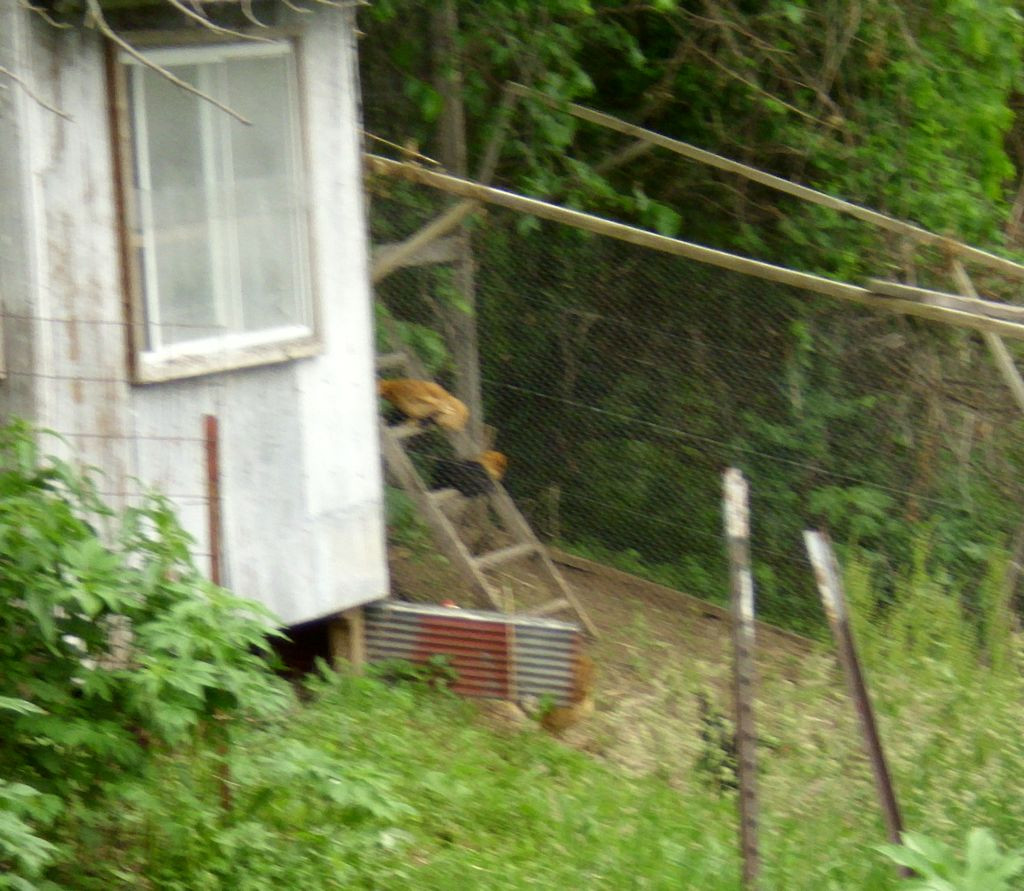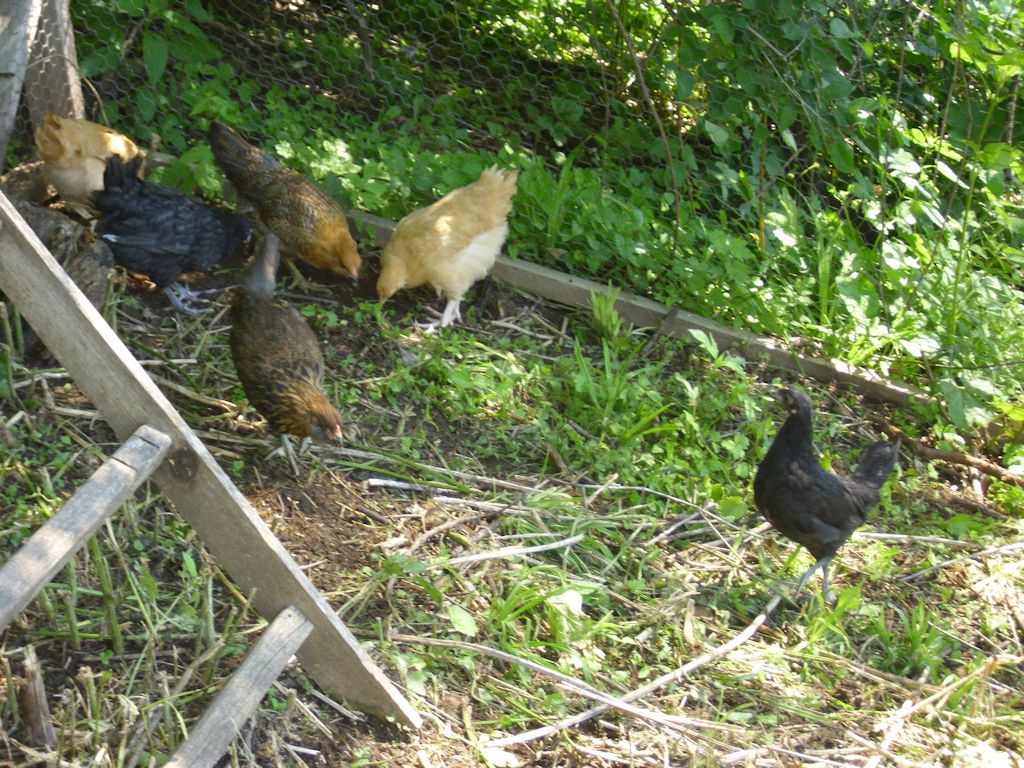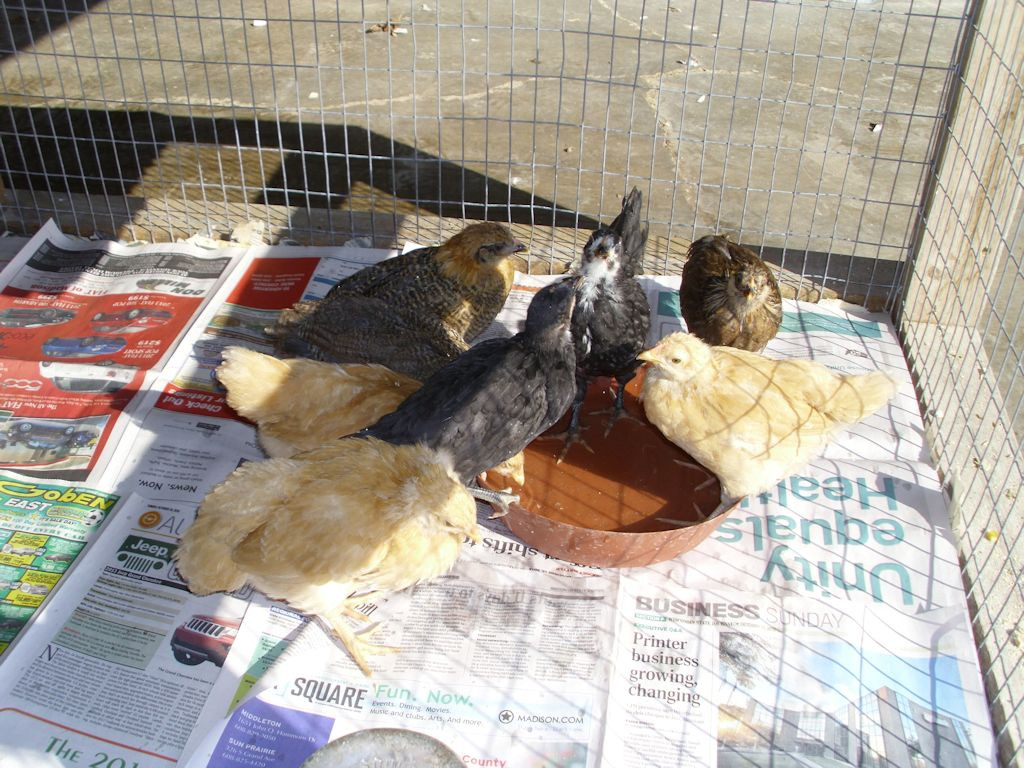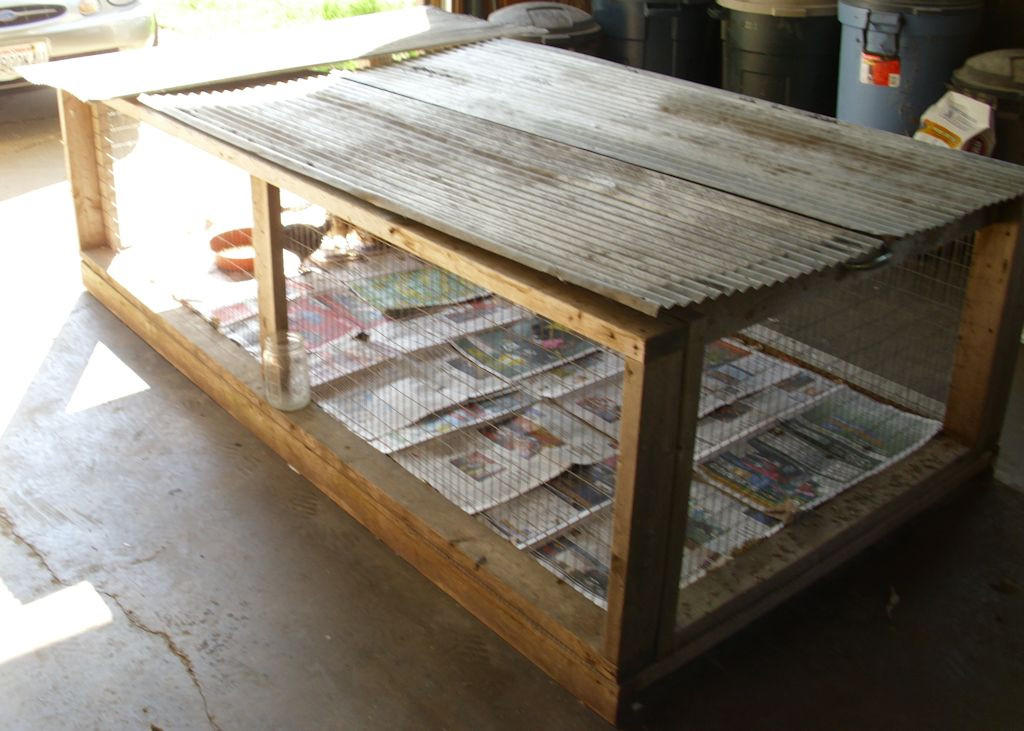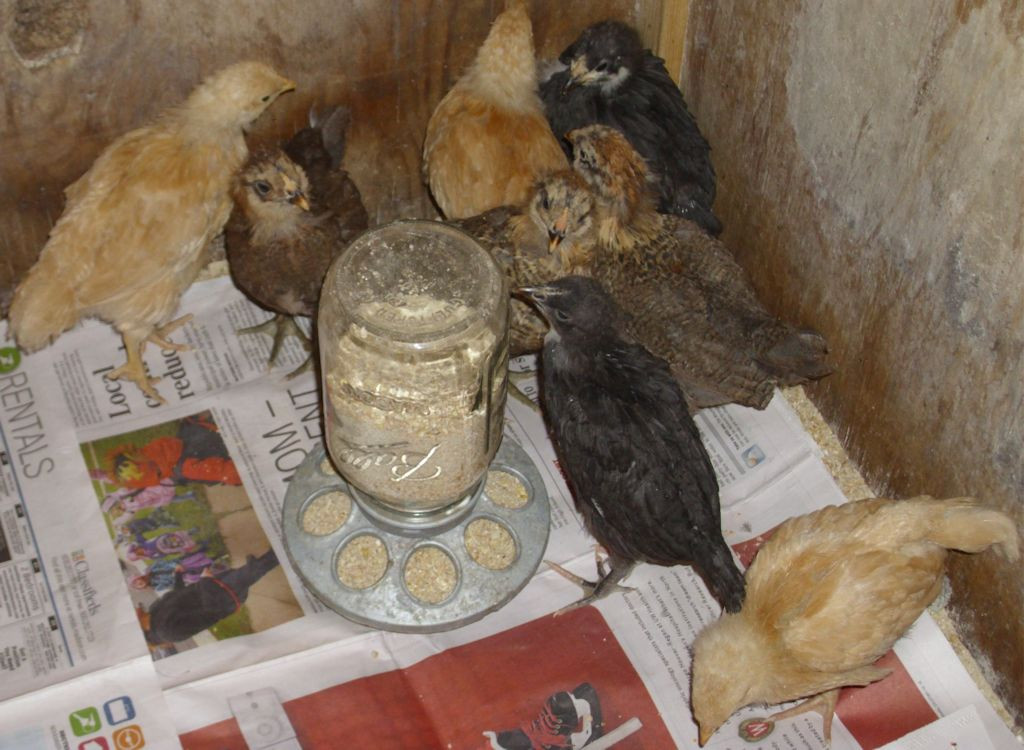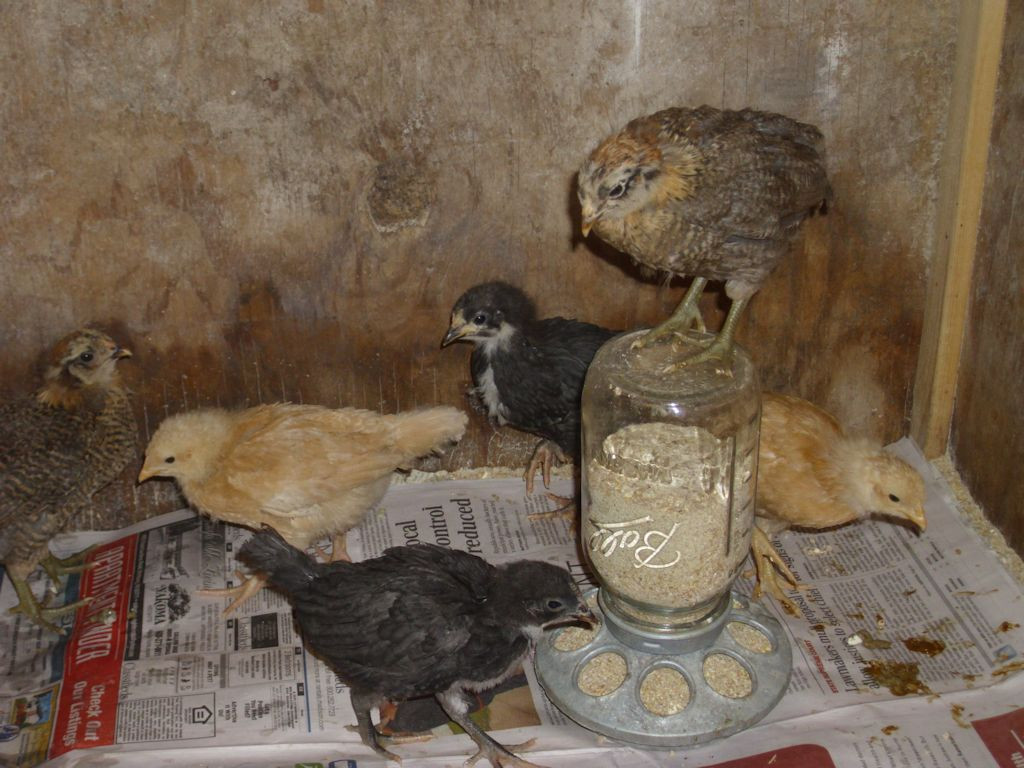The chicks are fast becoming pullets. No, they won’t become hens for quite a while yet. People get the idea that chicks become hens immediately, but they go through a pullet stage first. A pullet is a chick that lays smallish eggs and hasn’t moulted for the first time yet. A chick becomes a pullet at between 16 and 24 weeks of age. My chicks are currently 17 weeks old, but they’re of a “heavy” variety, which means that they get larger than most hens do and require more time to grow to size. It will likely be closer to the 24 week end of things before I see the first pullet eggs from them.
However, the first signs that they will soon become pullets are all there. For example, their feathers and wings are now strong enough so they can fly to the top of the run fence and walk along it with relative ease. I saw a couple of them outside the run the other day—calling to their buddies who are still on the inside. Most important of all, they can get back into the run when trouble arrives. It won’t be long and they’ll be walking around outside the run on a regular basis, becoming free range birds. These fledged birds now have the ability to defend themselves a little, run from trouble to some extent, and get into all sorts of trouble.
Another sign that they’re becoming pullets is that their combs and wattles are becoming fuller. They’re also making hen-like sounds now. They still don’t quite talk the talk, but they soon will. The beeping phase that happens between being a chick and being a pullet is coming to an end.
The most important sign is that the pelvis bones are starting to separate. You can check the pelvis bones by holding the chick in your arms with it’s back facing toward you. Calm the bird and give it a good place for its feet so it doesn’t kick. Place your hand on its rear and you’ll feel three prominent bones. These bones will separate when the bird is ready to starting laying eggs.
Pullets like to lay their first eggs in privacy, so expect to see the first eggs late in the day or even when you open the coop first thing in the morning. It’s important to check for eggs more often when your pullets start laying to keep egg eating at bay. Once the pullets begin to lay, I’ll go out every two hours during the day to check the nest box. A pullet can also be quite fussy about her surroundings, so make sure you change the hay in the nest box relatively often. Let me know your thoughts about pullets at [email protected].

